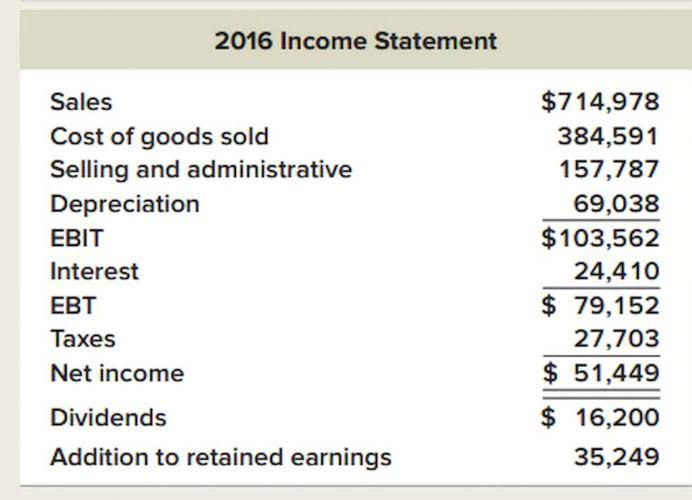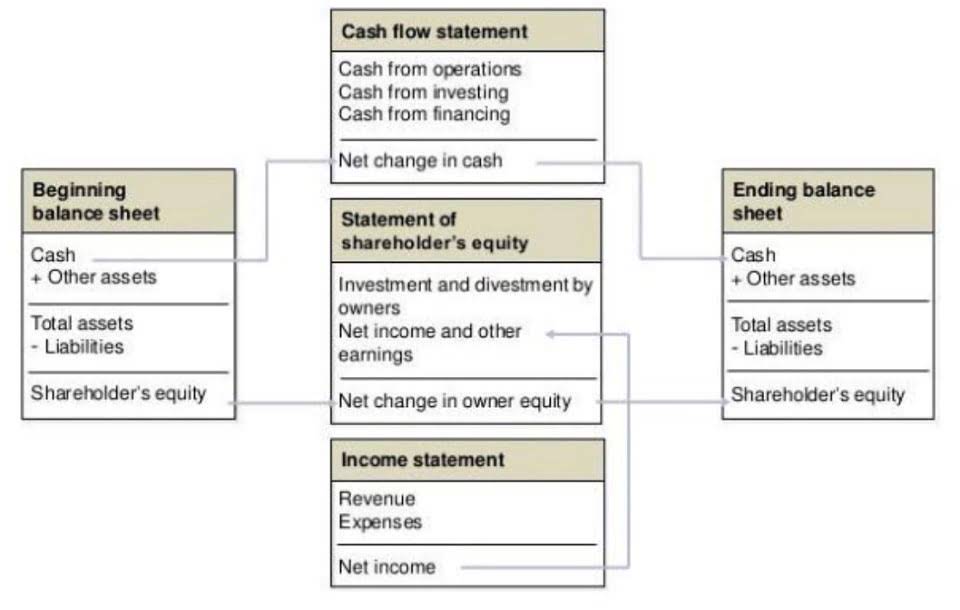
This allows for greater collaboration and flexibility, as multiple users can access and update the data bookkeeping simultaneously. Additionally, cloud accounting software often offers user-friendly interfaces and intuitive features, making it easier for businesses to manage their financial information. Cloud-based accounting offers flexibility, real-time updates, scalability, and cost efficiency compared to traditional accounting software. This integration enhances business processes and reporting, allowing functionalities like creating sales orders or invoices directly from Salesforce opportunities. By streamlining the opportunity-to-cash process, Certinia Accounting eliminates manual activities and provides a comprehensive transactional record. Cloud accounting also improves financial management by providing real-time access to financial data.
Cloud Accounting: What Is It, How It Works, And Its Benefits
While traditional accounting relies on locally installed software, limiting accessibility and requiring manual updates. You can find multiple differences between traditional and cloud accounting. Cloud accounting collaboration is easier because of convenient multi-user access, and you’ll have less of the paper clutter that comes with traditional accounting software use. You’ve likely heard it from software providers or those providing advice to small businesses. But what is a “cloud solution,” and is it the right accounting process for your workplace?
Choosing the Right Cloud Accounting Software

In addition, you can also identify problems in advance and minimize unnecessary admin that’s slowing your business processes down. In other words, employees don’t need to work from the central office-based computer. Some cloud software even provides you with the mobile app version, making it easier to access your numbers while you’re on the go. These challenges highlight the need for more agile and scalable solutions, such as cloud accounting, to better meet the demands of modern businesses. Find out more about how a business management cloud accounting meaning platform with online accounting can make your business life easier. To give you a practical example, accountants who have clients using MYOB Business can easily log in to their online files come tax time.

Access to tech support
Growing businesses always need new resources to cater to their growing business needs. Managing your finances with spreadsheets becomes hectic when your business expands. However, cloud accounting allows you the freedom to unlock Partnership Accounting new features to improve financial management. However, with cloud accounting, the features and resources are too numerous to count.
Flexibility

This real-time update makes cloud accounting a better option for small businesses and large-scale corporations. Because cloud accounting systems are internet based, you can access your records and data anywhere. As long as you are using a compatible device that has an internet connection. Any data that can be stored on a computer can be stored in a cloud accounting application. Businesses can store anything from proposals and quotes to accounts payable and receivable files. You can also store documents, spreadsheets, audio, and video in any sort of cloud storage so that they are accessible to you when you need them.
- Encourage your vendors to send electronic invoices that could be directly imported to the cloud accounting system for further processing sans any paperwork.
- You can also set two-factor authentication and use strong passwords to better secure your data on the cloud.
- It offers real-time insights, enhanced security, and efficiency through automation.
- Cloud accounting platforms incorporate various cybersecurity measures to protect sensitive financial data.
- This real-time update makes cloud accounting a better option for small businesses and large-scale corporations.
Subscription Models and Regular Updates
- Now that we have a basic understanding of cloud accounting, let’s dive into the mechanics of how it works.
- Since we’ve been able to define cloud accounting, what is traditional accounting?
- Running a company without accurate and real-time financial information is like driving a car without a speedometer or fuel gauge.
- Cloud accounting is vital for companies who want easy and fast access to detailed financial information and key performance indicator (KPI) metrics.
This can result in significant cost savings, especially for small businesses with limited resources. Data security is a top priority for businesses, and cloud accounting software offers enhanced security measures to protect sensitive financial information. Furthermore, cloud accounting helps businesses better manage their cash flow. With real-time access to financial data, businesses can stay on top of their expenses, track incoming payments, and accurately forecast their cash flow.








